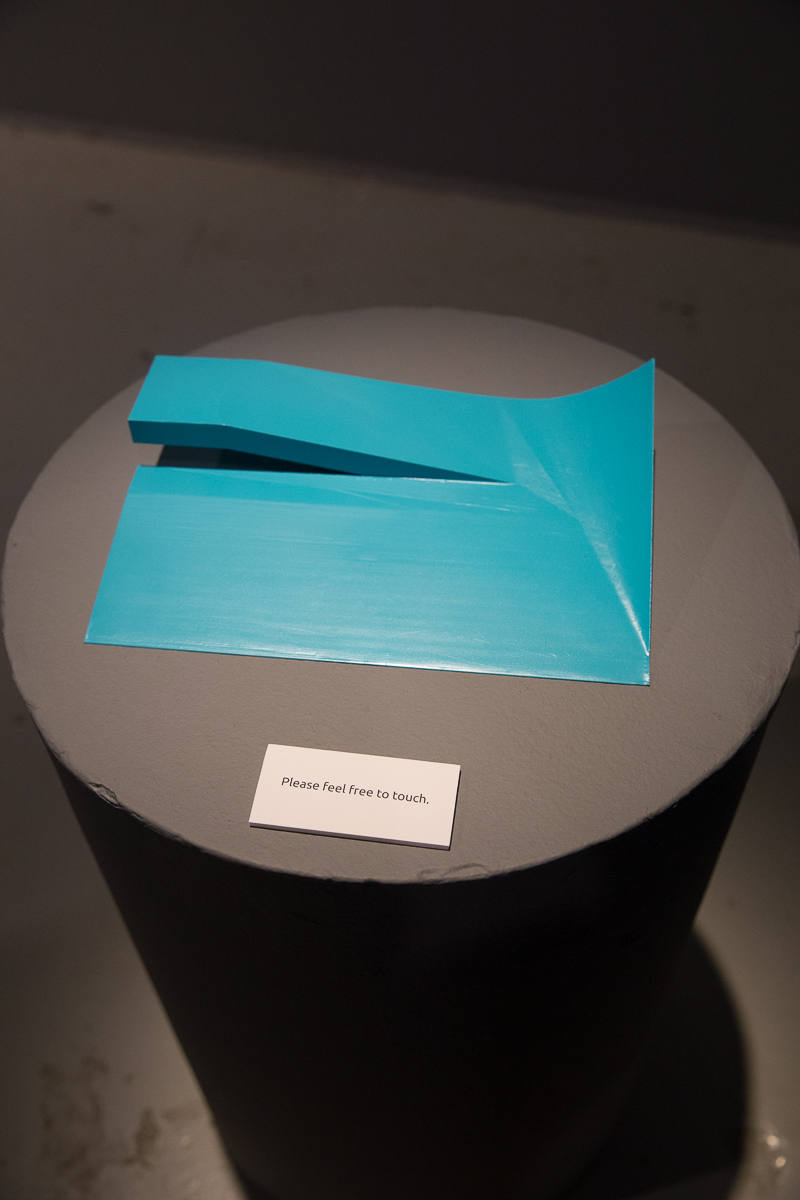CripTech
Access Archive
Recognizing that access is unevenly distributed in artistic spaces, Recoding CripTech centers access as a core navigational principle and design ethic for its exhibition and community events. The exhibition understands access not as a retrofit for existing platforms, but within a critical framework described by scholar and curator Amanda Cacchia as an “a dynamic, critical, and creative tool in art-making and curating.” The show seeks to model access as design justice, showcasing how access is both a commonplace practice and a form of disability and aesthetic innovation emerging from artists’ lived experiences of disability.
The curators worked with artists to develop audio descriptions for visual works, closed-captioning for audiovisual media, tactile floor samples, and large print wall text for all exhibition works. In partnership with Lighthouse for the Blind, the exhibition provided Braille exhibition guides that included a tactile floor plan, and tactile translations of a few key visual artworks. Real-time captioning (CART) and ASL Interpreters were provided for community events at SOMArts, which is a wheelchair-accessible, low-scent space.
This website seeks to extend access as part of Recoding CripTech’s design ethic as well: virtual spaces, although not immune to access fails, can serve as another access point as it affords additional wayfinding pathways and the flexibility of crip time for new and returning visitors. Please note everything is archived here because it was designed into the exhibition.

The Ramp, a turquoise 3D printed model of a stage ramp used for Kinetic Light's "Descent," sits on a dark grey pedestal. A sign in front of it says, "Please feel free to touch." Image credit: Richard Lomibao.